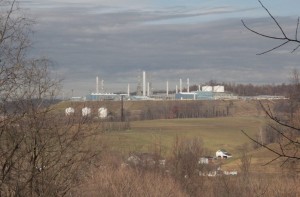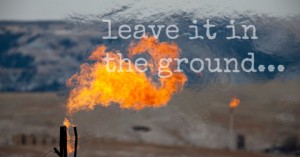From an Article by Reid Frazier, Allegheny Front, November 2, 2020
Environmental groups are suing the federal government over air pollution from flares at gas processing plants and other industrial facilities.
The Environmental Protection Agency (EPA) is supposed to update its requirements for industrial flares every eight years, but environmental groups say the agency hasn’t done so in over 20 years.
In a lawsuit filed in U.S. District Court for the District of Columbia, the groups are asking the EPA to conduct a review and update the regulations.
The lawsuit says the result of the EPA’s current standards are releases of “larger quantities of pollutants that are toxic, smog-forming, or otherwise hazardous to the health of nearby communities” which are “disproportionately located in and near communities of color and lower-income communities.”
Flares are used to burn off excess gases at natural gas processing stations, landfills, and other sites. If done properly, flaring can eliminate nearly all hazardous pollutants in the gases they burn. But the groups say flares at some facilities are faring far worse than that.
An EPA estimate of ethylene plants found that flares were destroying only about 90 percent of the pollutants in the gas. “And what you really want is you want to flare operating with 98 percent efficiency or above,” said Adam Kron, an attorney with the Environmental Integrity project, one of the groups suing the EPA.
Kron said plants will often inject steam into their flares to suppress smoke. But if too much steam is injected, the flares will not burn hazardous pollutants that can be in the waste stream.
“Flares destroy those pollutants and prevent them from getting out there. So if the flares aren’t actually doing that, you’re winding up with just multiple times more pollutants,” Kron said.
An agency spokesperson said the EPA does not comment on pending litigation.
>>>> This story is produced in partnership with StateImpact Pennsylvania, a collaboration among The Allegheny Front, WPSU, WITF and WHYY to cover the commonwealth’s energy economy.


